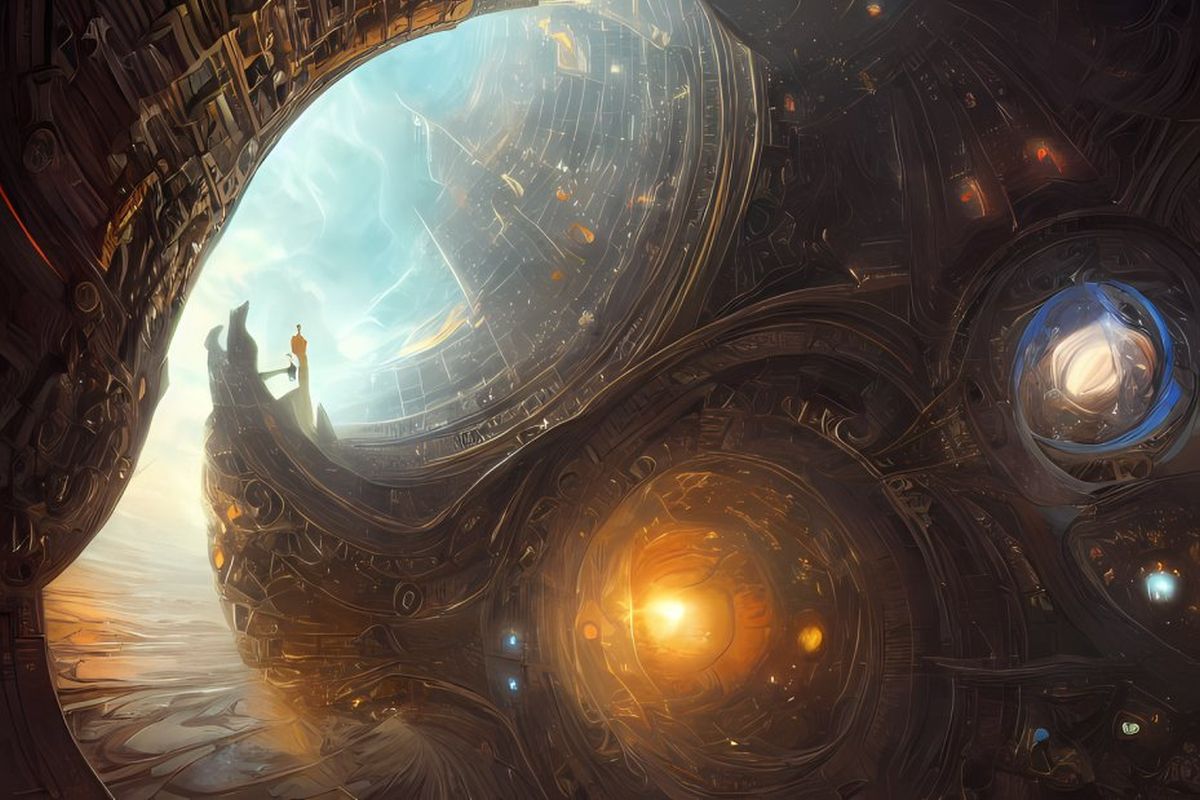Best Stable Diffusion models and how to use them

Stable Diffusion is one of the most popular image generators in the world, and you can use different models for different purposes. Here are the best Stable Diffusion models and how to use them!
At its essence, a Stable Diffusion model empowers you to give dynamism to your visual concepts. These models undergo training on specific datasets, enabling them to craft images in distinct styles. Whether it's a photograph's authenticity or a hand-crafted illustration's enchantment, Stable Diffusion models excel at reproducing these styles with remarkable accuracy.
Best Stable Diffusion models and how to use them
The Stable Diffusion models are available in versions v1 and v2, encompassing a plethora of finely tuned models. From capturing photorealistic landscapes to embracing the world of abstract art, the range of possibilities is continuously expanding.
Although Stable Diffusion models showcase impressive capabilities, they might not be equally adept in every domain. For instance, generating anime-style images is effortless, yet certain sub-genres could present challenges. As a result, identifying the most suitable Stable Diffusion Model for your specific requirements becomes essential.
Here are some of the best Stable Diffusion models for you to check out:
MeinaMix
DreamShaper boasts a stunning digital art style that leans toward illustration. This particular model truly shines in the realm of portraiture, crafting a remarkable piece that flawlessly captures the essence and visual characteristics of the subject.
DreamShaper's prowess extends to crafting intricate, vibrant artwork that vividly portrays various landscapes. The image showcases captivating colors and an array of geometric elements that contribute to its depth and visual appeal.
You can use Stable Diffusion negative prompts to get positive results
For those seeking AI models capable of generating artistic visuals, DreamShaper is an ideal choice. Additionally, you have the flexibility to adjust several parameters to fine-tune the final results, achieving a digital art aesthetic reminiscent of skilled human illustration.
Protogen
Protogen, a Stable Diffusion model, boasts an animation style reminiscent of anime and manga. This model's unique capability lies in its capacity to generate images that mirror the distinctive aesthetics of anime, offering a high level of detail that is bound to captivate enthusiasts of the genre.
Whether you're crafting characters, constructing intricate environments, or designing props for anime and manga, Protogen proves to be a valuable tool that simplifies and enhances the creative process, ensuring your creations align seamlessly with the beloved art style of this genre.
Openjourney
OpenJourney is known for conjuring bizarre and surreal visuals that captivate the imagination. Its remarkable capacity to transcend conventional boundaries often yields astonishing and perplexing scenes that leave viewers in a state of awe.
Stability AI announces SDXL 1.0
The model proves exceptionally effective in materializing abstract realms, fantastical creatures, and extraordinary scenarios, making it an ideal tool for bringing imaginative worlds, creatures, and events to vivid life.
Stable Diffusion Waifu Diffusion
Since its initial release, Waifu Diffusion has emerged as a prominent modification to the established anime model, Stable Diffusion. Fine-tuning, also known as transfer learning, involves taking a pre-trained model that has been trained on a vast dataset and refining it further with a smaller dataset that holds specific relevance.
The latest iteration, Waifu Diffusion v1.4, represents an enhancement over its predecessor, Stable Diffusion v2. It utilizes an impressive collection of 5,468,025 text-image samples sourced from the renowned anime imageboard, Danbooru.
Realistic Vision
When it comes to instructing machines in generating images, achieving realism poses one of the most intricate challenges. Our human ability to discern even the slightest imperfections and nuances makes it arduous for computers to produce images that are genuinely photorealistic. Nonetheless, the trained model of Realistic Vision has achieved remarkable results in this endeavor.
The model managed to craft a lifelike depiction of a woman that closely aligned with our objective, with only the "white backdrop" posing a minor challenge. On the contrary, the depiction of the scenery is breathtaking, flawlessly capturing the scene's natural beauty. The visual presentation concludes by showcasing Realistic Vision's keen attention to the intricacies of digital art detail.
How to use ControlNet Stable Diffusion extension
Exploring this model is highly recommended for anyone interested in leveraging AI to generate lifelike images. You can further enhance performance by employing techniques such as prompt engineering, increasing the number of steps, and more.
How to use Stable Diffusion models
These are some of the best Stable Diffusion models but do you know how to use them? Here is a guide on it:
- Get the model from its designated source repository. The process might differ slightly based on the platform you are using.
- Once the model is successfully downloaded, access your Stable Diffusion directory.
- Then, transfer the .ckpt or .safetensors file to the "models" > "Stable-diffusion" directory within the folder.
That is it, you're all set!
Advertisement